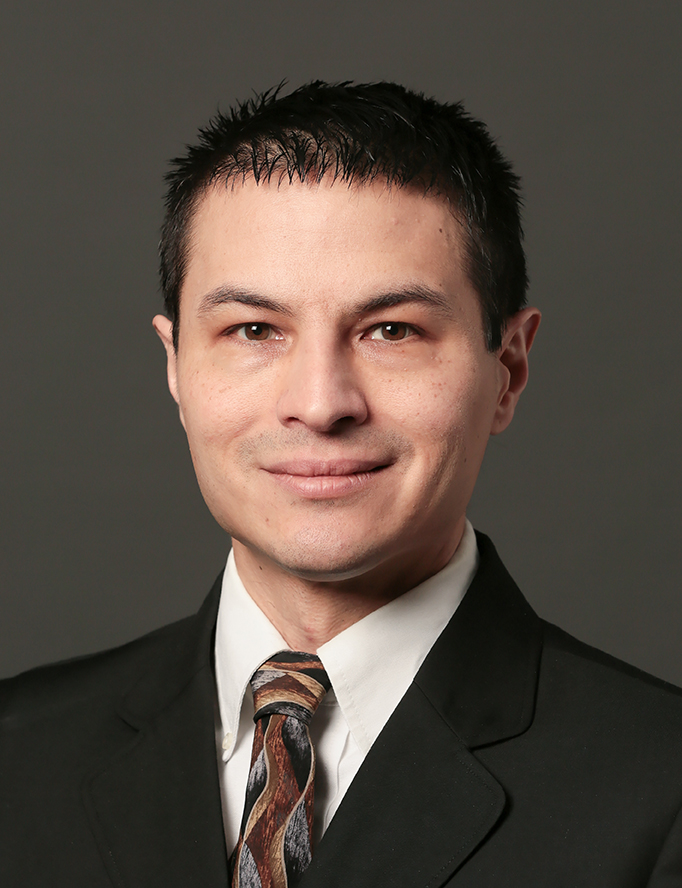 Molecular Systems Simulation Neuroscience |
Daniel Keller is the Group Leader of the Molecular Systems team in the Simulation Neuroscience Division.
His work focuses on modeling of astrocytes within the cortical column, subcellular modeling of neurons, and determination of molecular properties of neurons. Daniel holds a Masters degree in Electrical Engineering from Stanford and a Masters in Molecular Biology from the University of Texas at Austin. His PhD in Neuroscience was achieved with the Computational Neurobiology Laboratory at the Salk Institute, UCSD. During his studies, Daniel was initiated into Phi Beta Kappa and was a Merck Fellow in 2002-2003. Read the interview with Dan in Technology Networks – A Cell Atlas of the Mouse Brain: A Step Towards Brain Simulation? Selected Publications Keller D, Babai N, Kochubey O, Han Y, Markram H, Schürmann F, Schneggenburger R. An Exclusion Zone for Ca2+ Channels around Docked Vesicles Explains Release Control by Multiple Channels at a CNS Synapse. PLoS Comput Biol. 2015 May 7;11(5). Keller D, Franks KM, Bartol TM, and Sejnowski TJ. Calmodulin Activation by Calcium Transients in the Postsynaptic Density of Dendritic Spines. PLoS ONE, May 30, 2008. Bartol TM, Keller DX, Kinney JP, Bajaj CL, Harris KM, Sejnowski TJ, Kennedy MB. Computational reconstitution of spine calcium transients from individual proteins. Front Synaptic Neurosci. 2015 Delattre V, Keller D, Perich M, Markram H, Muller EB. “Network-timing-dependent plasticity.” Front Cell Neurosci. 2015 Jun 9;9:220. doi: 10.3389. |